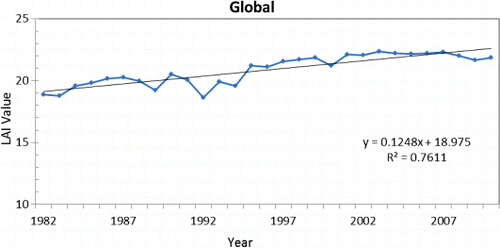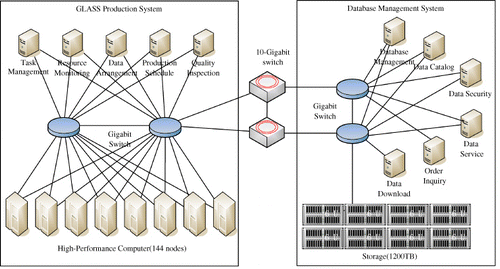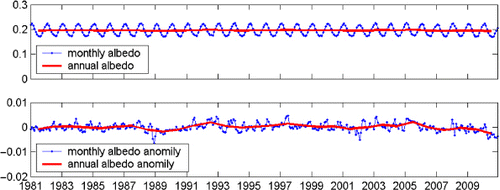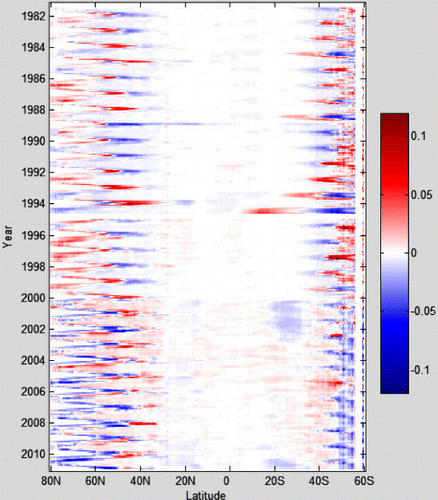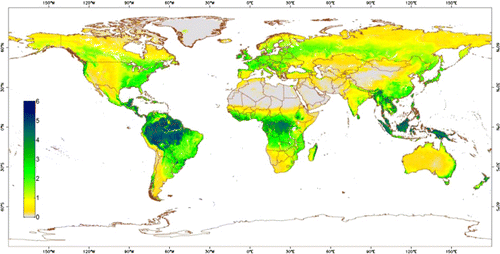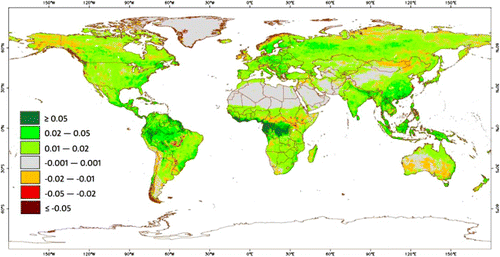Figures & data
Table 1. Specifics of the hardware devices within the GLASS product production system.
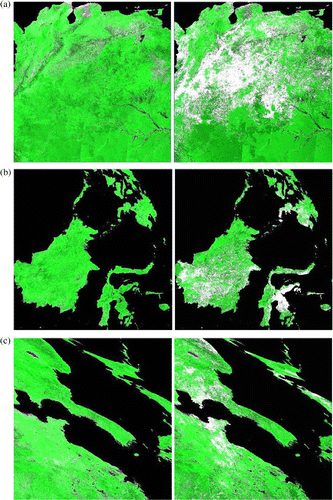
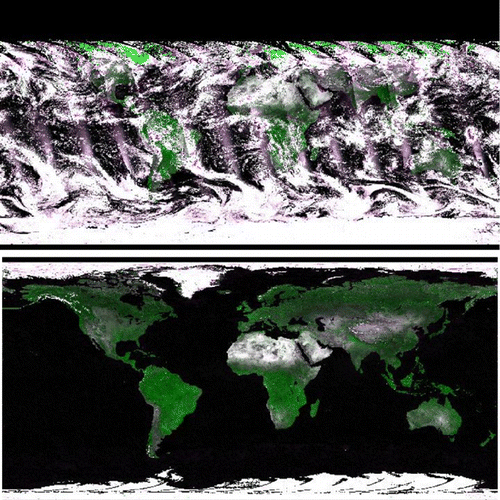
Table 2. Characteristics of the five GLASS products.
Table 3. Summary of the current global shortwave broadband albedo products.
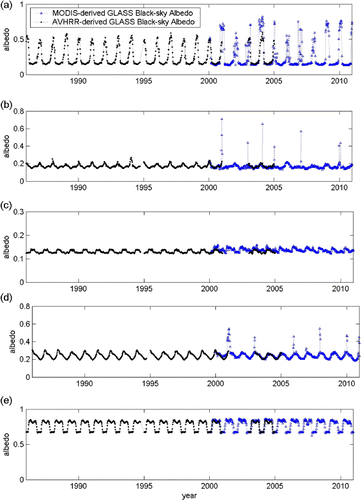
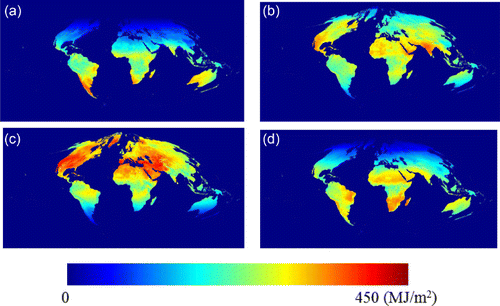
Table 4. WMO observation requirements for surface downward shortwave irradiance by Space program. NWP: Numerical Weather Prediction, AOPC: Atmospheric Observation Panel for Climate. (http://www.wmo-sat.info/db/variables/view/50, updated on 23 June 2011).
Table 5. Summary of the current global incident shortwave radiation satellite products.
Table 6. Comparison of retrieved 3 h GLASS insolation product, the International Satellite Cloud Climatology Project—Flux Data (ISCCP-FD), CERES model B, and the CALISPO, CERES, Cloudsat and MODIS (CCCM) enhanced product in 2008.
Table 7. Summary of the current global spectral emissivity products. IASI: Infrared Atmospheric Sounder Interferometer.
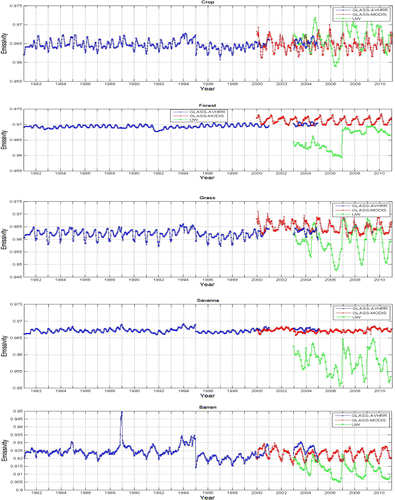
Table 8. WMO observation requirements for LAI by Space program. (http://www.wmo-sat.info/db/variables/view/98, updated on 3 June 2012).
Table 9. Summary of the current global LAI products; current products do not meet the user requirements.LAI products
